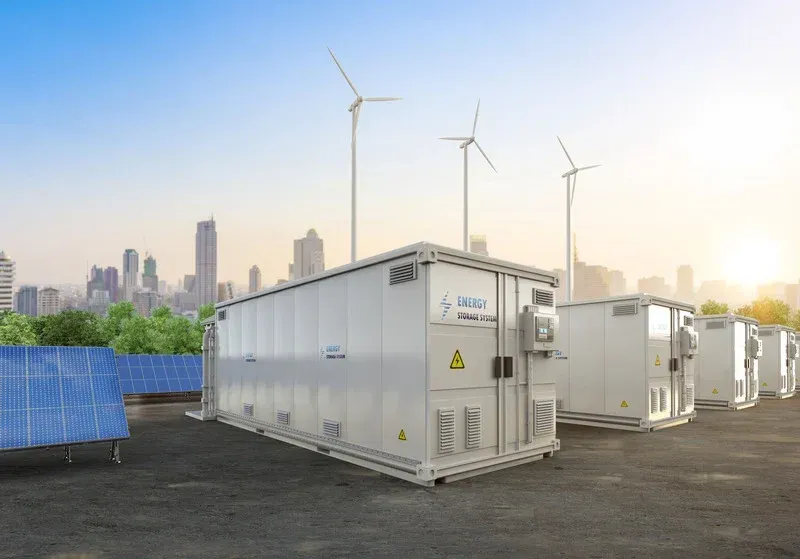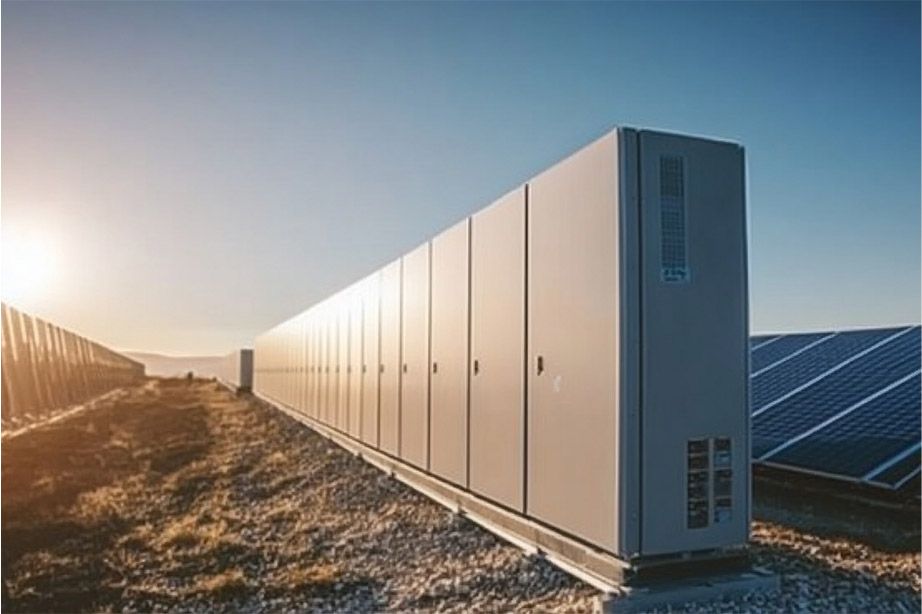Stop Losing $250K+ a Year to This Common LFP Balancing Issue
Flat voltage curves in LFP systems hide imbalance issues that can silently drain performance—and revenue.
Widely used in utility-scale projects for their safety, affordability, and long service life, lithium iron phosphate (LFP) batteries come with a tradeoff: a flat voltage curve that makes balancing harder to manage—risking downtime, reduced ROI, and up to $250,000 per year in lost revenue on a 10 MWh system.
The Hidden Complexity of LFP
Beneath their reputation for reliability and cost-effectiveness, LFP batteries carry technical risks that can quietly erode system value and lead to significant revenue loss if not addressed early.
- Small voltage changes can hide big capacity differences: A cell that’s only slightly off in voltage could be significantly out of sync in terms of state of charge (SoC).
- Detection and correction are more difficult: The flat voltage curve across most of the SoC range makes it hard for battery management systems (BMS) to identify which cells need balancing.
- Reduced margin for error: By the time voltage finally shifts enough to flag a problem, the system may already be at risk of overcharging or over-discharging certain cells.
Compared to other lithium-ion chemistries with steeper voltage gradients, LFP systems require a more proactive and customized balancing strategy—one that’s built into both daily operation and long-term maintenance planning.
So You Have an LFP System—Now What?
Whether the goal is uptime, performance, or long-term value, these best practices can help prevent small imbalances from turning into costly problems.
1. Enable Balancing with Low C-Rates at SOC Extremes
LFP cells only exhibit meaningful voltage changes near the edges of their charge range—typically below 5% or above 95% state of charge (SOC). These “extremes” provide the clearest opportunity for the system to detect imbalance. But that visibility only matters if the system isn’t operating at full power.
At high C-rates (such as 1C), every cell is pushed to perform identically, which prevents the small variations in behavior that balancing relies on. That’s why both conditions—a low C-rate and an extreme SOC—are needed to support effective balancing.
What to consider:
Incorporating slow charge or discharge cycles (<0.5C) at these SOC extremes can help maintain balance. Scheduling these cycles weekly, or as part of an ongoing maintenance routine, allows the system to correct imbalances before they affect performance.
2. Customize the Balancing Approach Based on Real Usage
No two systems are identical. Differences in usage patterns, environmental conditions, and operational priorities all influence how and when balancing should occur.
What to consider: Tailoring the balancing strategy to system-specific behavior—rather than relying on a standard schedule—can significantly improve effectiveness. Using available performance data to inform timing and frequency is key to making balancing both efficient and unobtrusive.
3. Bring in External Expertise
Addressing issues early can help avoid long-term degradation, reduce service disruptions, and protect warranty coverage.
If signs of imbalance emerge—such as decreased usable capacity, inconsistent voltage readings, frequent alerts, or modules and racks dropping from 5% or higher to 0% without a warning —it may be time for a deeper evaluation.
What to consider:
A trusted battery expert can assist with diagnostics, optimizing charge profiles, or setting up a predictive balancing plan. At SunMade Power, we offer a free performance audit and rebalancing plans that protect $25 revenue for every $1 spent.


